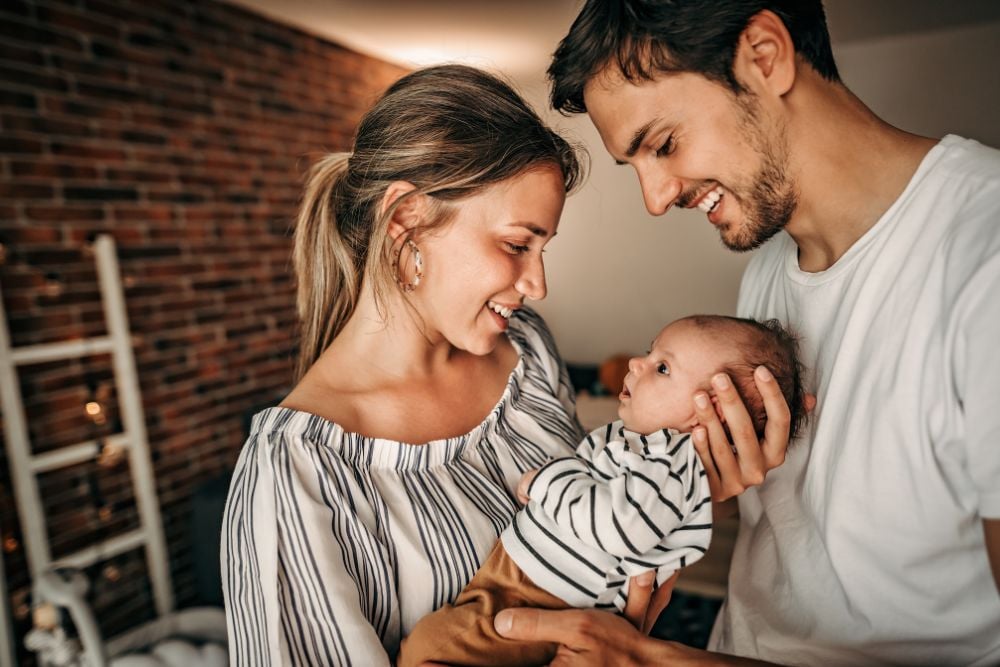Consanguinity: “Will my child marry his or her half-sibling?”
The definition of Consanguinity is: of the same blood or origin; specifically: descended from the same ancestor. Many intended parents who embark upon the path of family building through egg donation have asked the question: “Is it possible my child could meet, fall in love with and marry his or her half-sibling?” And the answer is that anything is possible if an egg donor donates six or more times AND if those children born of these egg donor cycles are unaware or not informed of their genetics.
Years and years and years ago the most couples worried about before marriage was whether or not the other had an STD. In fact, many states required both parties to be tested for STD’s before they would issue a marriage license.
Today we will live in a different world with different technology, and along with that different kinds of challenges as well as different kinds of things that we think about for ourselves and our children. However, consanguinity really shouldn’t be on the forefront of what we should be worrying about regarding our children.
The American Society for Reproductive Medicine published an ethics paper on repeat egg donation. Their finds were as follows:
“Inadvertent consanguinity resulting from oocyte donation could occur if: [1] a given donor has donated to two or more families and [2] the offspring were unaware of their specific genetic heritage. Previous guidelines on therapeutic donor insemination and oocyte donation, published by the American Society for Reproductive Medicine, have advised an arbitrary limit of no more than 25 pregnancies per sperm or oocyte donor, in a population of 800,000, in order to minimize risks of consanguinity (2–4). This suggestion may require modification if the population using donor gametes represents an isolated subgroup or the specimens are distributed over a wide geographic area.”
ASRM EGG DONATION GUIDELINES
The American Society for Reproductive Medicine have created guidelines that have been established for a very long time that advise a limit of no more than six (6) egg donation cycles for each woman who is an egg donor. Along with the fact that egg donors are typically smart, bright, intelligent and thoughtful – they are counseled by a psychologist and/or therapist on both the medical and psychological aspects ( in other words the good, the bad, and the ugly) of egg donation. During an egg donors meeting with a mental health professional the discussion of repeat donation is talked about, how it could affect their health, how many times they should donate and the risk factors involved.
In general, donors are bright and thoughtful young women who have been counseled on the medical and psychological aspects of donation including how many times they should donate. They are also made aware of the risk that donation may pose to their own health. Most donors are disinclined to donate more times than what is advised and are unwilling to do anything that will put their own health at risk. Therefore, unintended consanguinity is an unlikely scenario. Donors are proud of what they are doing and are excited about helping others have children. They have no intention of endangering anyone’s health, not their own and not the children they are helping create.
What does that mean for intended parents who are having their children via egg donation? It means this will be in the back of their minds. It will motivate the intended parent to have honest and open conversations with their children about how they were conceived and their genetic origins. It will mean that our children will have open and honest conversations with their potential partners about their origins. It might mean that in addition to an HIV test, or an STD screening, our kids might have a DNA test if they aren’t sure about their potential partner’s origins. But really, it’s all about having those honest conversations that we should all be having anyway.


